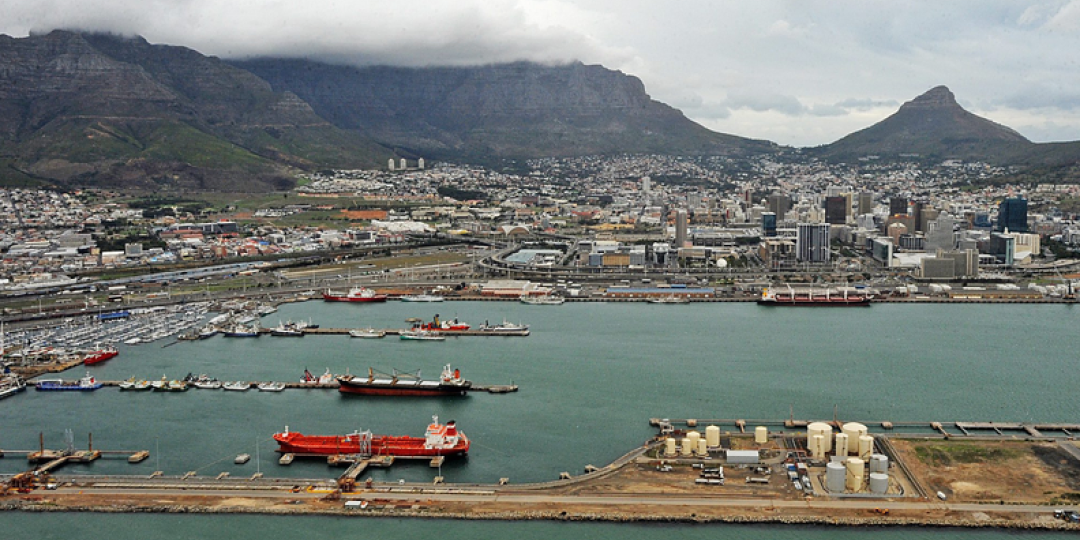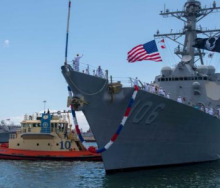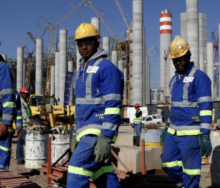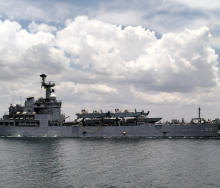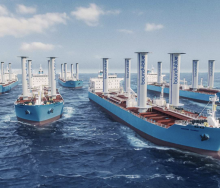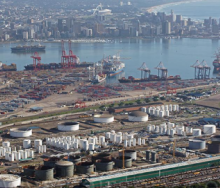Equipment failure alone is not to blame for slow vessel working at the Cape Town Container Terminal (CTCT), a source directly involved with operations has said.
In a ports meeting held earlier this week, Transnet admitted that personnel deployment had been compromised by postponed Women’s Month celebrations.
The source, whose name is being withheld because of the association he represents, said the personnel issue had been raised during the meeting and that the state-owned logistics company had admitted that staffers had been taken out of operation to participate in the celebrations.
“Transnet told us the Women’s Month celebrations couldn’t proceed as planned because of the recent taxi strike in Cape Town,” the source said.
He added that one of the most significant impacts of the personnel issue was a staff shortage at the gate, leading to slow truck movement.
He explained that the Santa Isabel container vessel, carrying about 2 800 TEUs, had berthed at the CTCT at 21:00 on the 25th and was still being offloaded early this morning, September 1.
He said that working of the Hamburg Süd ship had only been done at about 08:00, but according to Vessel Finder, the carrier was still berthed at 10:45.
“A vessel like this should really be done in about three days, but the Santa Isabel has taken six days,” the source said.
“At the moment, the port’s managing about eight to 11 moves an hour, which is too slow and not in line with global best-practice port standards. Ideally, we should be managing at least 15 moves given current capabilities and constraints.”
He stressed that ports complying with best-practice standards and that had featured well in the World Bank’s Container Port Performance Index for 2023 (published in May), managed upwards of 20 moves an hour.
“It’s simply not acceptable what’s happening at the moment and I’m glad it has been raised with Transnet. They need to understand that there are people going out of business, especially on the trucking side, because of slow movement.”
The source added that although Transnet had valid justification for pinning delayed throughput at the port on a shortage of rubber-tyred gantries and the number of RTGs available, equipment failure was just part of the problem.
“In addition to breakdowns and not having enough RTGs, there aren’t enough hauliers to sort out the stack.
He pointed out that although the port was well equipped, with enough ship-to-shore cranes, as Transnet has confirmed, it doesn’t help if you’re experiencing capacity issues with RTGs, hauliers and personnel.
In respect of the latter, he said it could possibly have been avoided.
“In the end, it only made matters worse.”
